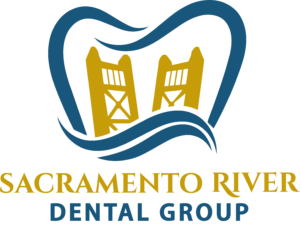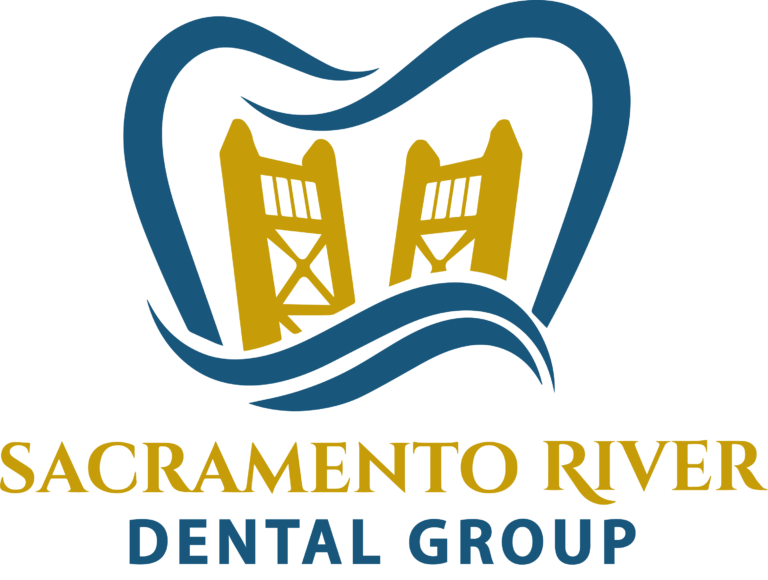The COVID-19 pandemic has caused significant disruptions and backlogs in dental healthcare services, with many dental practices shutting down. Only emergency ad urgent dental treatments can be performed during this crisis. But there is a lot of confusion surrounding what constitutes a dental emergency. Fortunately, your Sacramento dentist and the American Dental Association (ADA) can help clarify what a dental emergency entails and what it doesn’t.
How the ADA Classifies Dental Emergencies?
Here are some examples of dental emergencies as per ADA guidelines:
- Jaw or tooth pain
- Uncontrolled bleeding
- Cellulitis or soft tissue infection accompanied by swelling that obstructs your airway
- Trauma to facial bones that makes breathing difficult
Urgent Dental Care
It is important to note that there are other dental issues that do not fall under the above definition but still need immediate attention. They are classified as urgent dental care needs, and they include:
- Knocked out tooth
- Fractured tooth accompanied by pain or soft tissue trauma
- Broken, lost, or defective temporary restoration
- Abscess or bacterial infection with swelling
- Pain caused by tooth decay or cavity
- Post-surgery complications, for example, swelling
- Third-molar pain
These are just but a few examples of urgent dental care needs. There are many other situations and symptoms that may require urgent care.
If you suspect that you are dealing with a dental emergency or urgent dental care need, consult your dentist to determine your best treatment options.
What is not considered a dental emergency?
- Consultations for procedures like cosmetic dentistry
- Regular dental checkups and cleanings
- Extractions of teeth that aren’t causing pain
- Non-painful cavities
- Follow-up appointments for treatments such as teeth whitening
We all need to play our part to help minimize the spread of COVID-19. This includes staying at home as much as possible and limiting your visits to the dentist’s office to only emergency and urgent care visits.
We hope that you are keeping yourself safe and healthy. We are here for you and are hoping to see you soon.
Remember, recommendations for patients and dentists are constantly being updated, so ensure to check your local recommendations for the latest updates.


